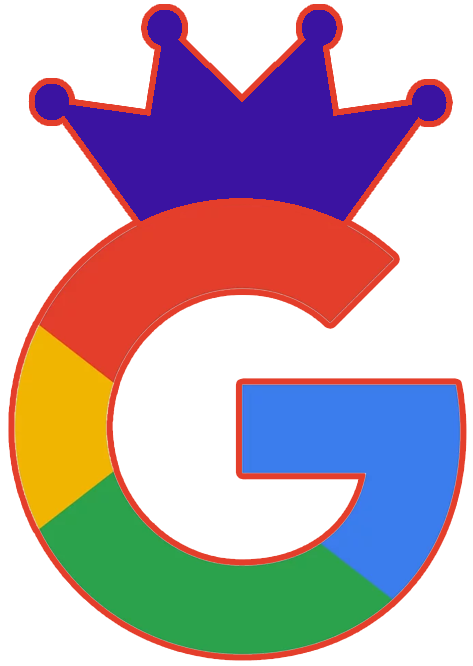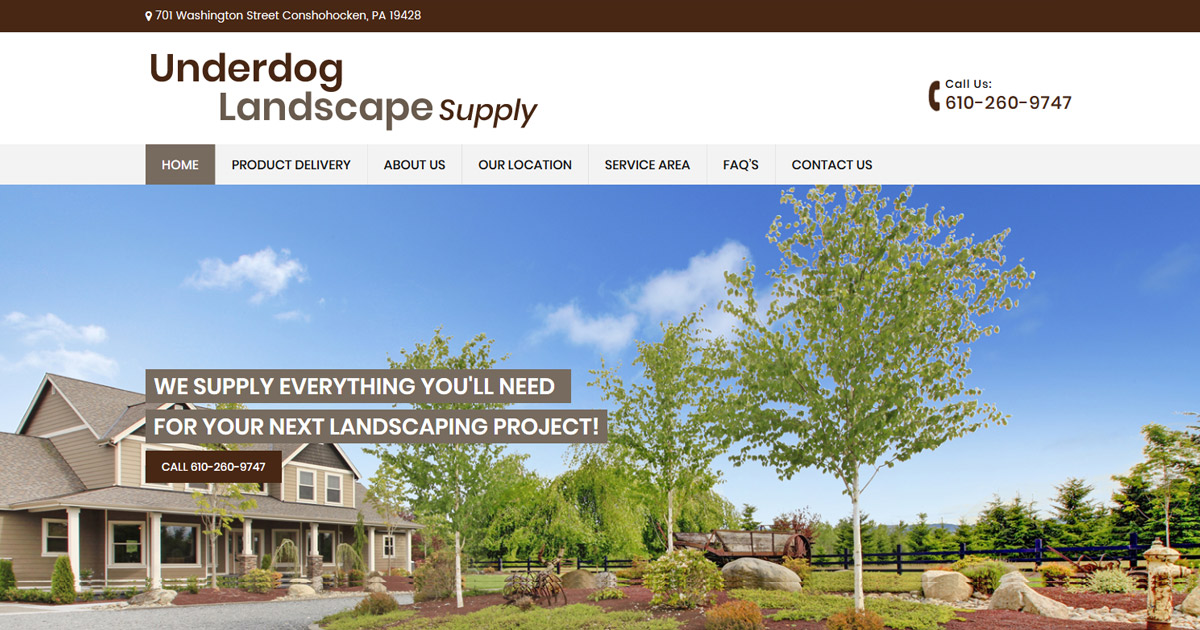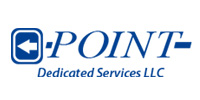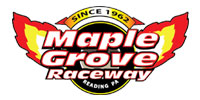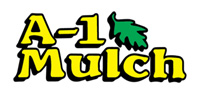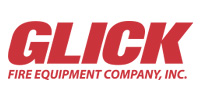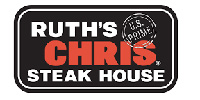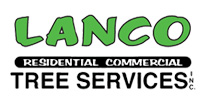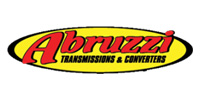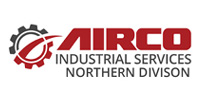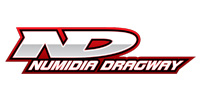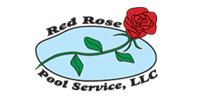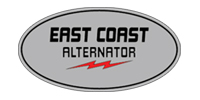The Early Days
When Google was first conceived it was the idea of two young Stanford college students, Larry Page and Sergey Brin back in 1996. Originally, the theme of Larry’s dissertation, the project then known as Back Rub would explore the mathematical connectivity of the internet. The paper focused on the count, source and text of all back links pointing at a website. He understood that the link profile of a website was an untold story about the popularity, reliability and credibility of the page itself. This was the birth of what today is commonly referred to as link popularity. Friends for more than a year, Sergey soon joined with Larry, and together they developed the Page Rank algorithm. They knew that a search engine factoring both link popularity and Page Rank could provide better search results than those existing at the time, which primarily counted uses of a search phrase on a page, and Meta search engines that used a keyword meta tag inserted in the page code by its author.
At the start Google wasn’t even a company. At first launch it didn’t even have its own domain name; it used a sub domain of Stanford.edu. Google incorporated on September 4th 1998. Initially funded by a single investor in 1998, Google raised additional capital using equity funding in 1999. Google went public with an initial public offering in 2004.
While at the start both of Google’s partners were opposed to the idea of publishing ads along with their search results, In 2000 Google began selling clickable advertisements that were inserted along with their search results. These simple text ads were displayed in association with their relevance to the actual search being performed, making them more appealing to the search engines’ visitors.
In 2003 Google launched Adsense, a product that allowed qualified websites to participate in displaying Google ads right on their own pages, served up by Google’s search engine. They granted their new “Partners” a speculated 70% of the ad revenue (actual percentage has never been made public). Google’s algorithm is used to match the ads relevance to the actual page content.
Today
Much has changed since the early days of Google; today Google is a money making advertising machine with over 97% of its $33.3 billion 2010-11 revenue being generated by ads. As a publicly traded company they are compelled by their investors to continually grow their profits, and in recent years those profit improving efforts have begun to show in their search results. Google can only generate revenue while you’re searching, or visiting one of their Adsense partner sites, or one of their many web properties like You Tube, where you’re exposed to their advertising network.
From our perspective the search results today do not lead searchers to the relevant search results as quickly as they did in years past. Yes, there is less web SPAM in Google’s results. One would think there would be a balance between accurate, deep results with a little SPAM, and SPAM-free results where you may have difficulty finding what you’re searching for. Perhaps the longer it takes you to find what you’re looking for, the higher the odds you may click on an ad. Couple this with Google’s ever-changing local search results. Today they are presented at the top of the search results page for many searches. As quickly as you may find a telephone number you may click through to even more Google controlled landing pages: containing ads.
The integration of Google Local in to the search results pages serves to push the organic free search results further down the page and potentially out of view. If your search returns Google’s PPC (pay per click) results in their One Box (top of the page), in addition to local results, it’s safe to say the organic free results will be below the fold (screen view).
I believe this is a delicate balance Google is working. If they tune back their search results quality too much, they may end up with unsatisfied searchers who could turn to Bing to satisfy their needs. If this happens then Google’s hold on the search market could begin to erode. You can bet that Google has a department watching closely to be sure this doesn’t happen.
Google: Do as I say not as I do!
If you want to rank well on Google you have to abide by their webmaster guidelines. Google spells it all out: “the does and don’ts” of having a good website: the permissible, to the unforgivable. Most of their guidelines seem like good advice for building a better user-friendly website that:
- Does not publish SPAM
- Doesn’t participate in linking scams
- Doesn’t buy or sell links
- Publishes unique high quality content
The problem: Google breaks the rules it sets for all other webmasters. Google itself is not much more that a huge website full of links. Try breaking their rules yourself, and you’ll be banished to the depths of their results. Most of the content Google publishes is all copied from other sources. They have been in the courts trying to defend their claimed right to publish the works of others for years. They are fighting to publish books online, and to publish news, all written and paid for by news-gathering companies around the world, only to be lifted and published, if only in part, by Google.
At the time of this writing Google is fighting court battles in Europe over the right to publish anything their automated search engine finds, but at the same time to take no responsibility if what they publish defames reputations. “We didn’t write the stories”, they say.” We only return the results of others’ websites. We can’t be responsible”.
Maybe the biggest “do as I say, not as I do” is the whole base of Google’s tremendous annual earnings: their advertising network. Google limits the quantity of ads you may show on your website: too many ads makes for a bad user experience. They forbid the buying and selling of links; don’t do it, if you care to be listed and ranked highly in their results. However, when you use their website(s) they’re chock full of ads. Everywhere you look, top, columns and the bottom of the page, you name it, ads are inescapable. Every one of them contains a purchased link, sold by Google. “Do as I say…”




